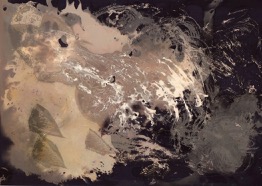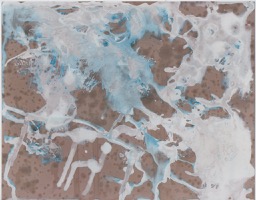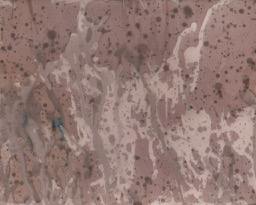June’s online exhibition features Cameraless prints including photograms, lumens, chemigrams and alternative processes.
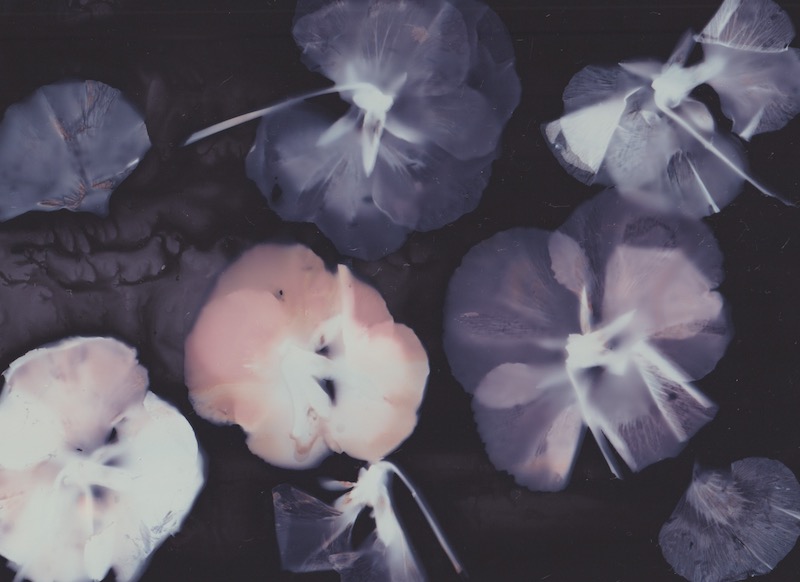
Cameraless Gallery (Click to enter)

New work will be added over the month so please check back to see how the gallery evolves.
Film and stuff.
June’s online exhibition features Cameraless prints including photograms, lumens, chemigrams and alternative processes.

Cameraless Gallery (Click to enter)

New work will be added over the month so please check back to see how the gallery evolves.
We are not sure where the phrase Lockdown Lumens started but there are plenty being made at the moment given everyones confinement and nice sunny weather here in Scotland.
B&W photographic paper is exposed to UV or artificial light, masked with objects or a negative until the paper turns a pleasing colour. The print is then scanned or fixed to retain the image. No developer is used.

As with photograms the composition is probably more important than the chemistry! Inventive uses for household objects can take these beyond the everyday and into the narrative or abstract. Saying that, plant matter produces delicate and beautiful results and negatives of all sizes work well too.
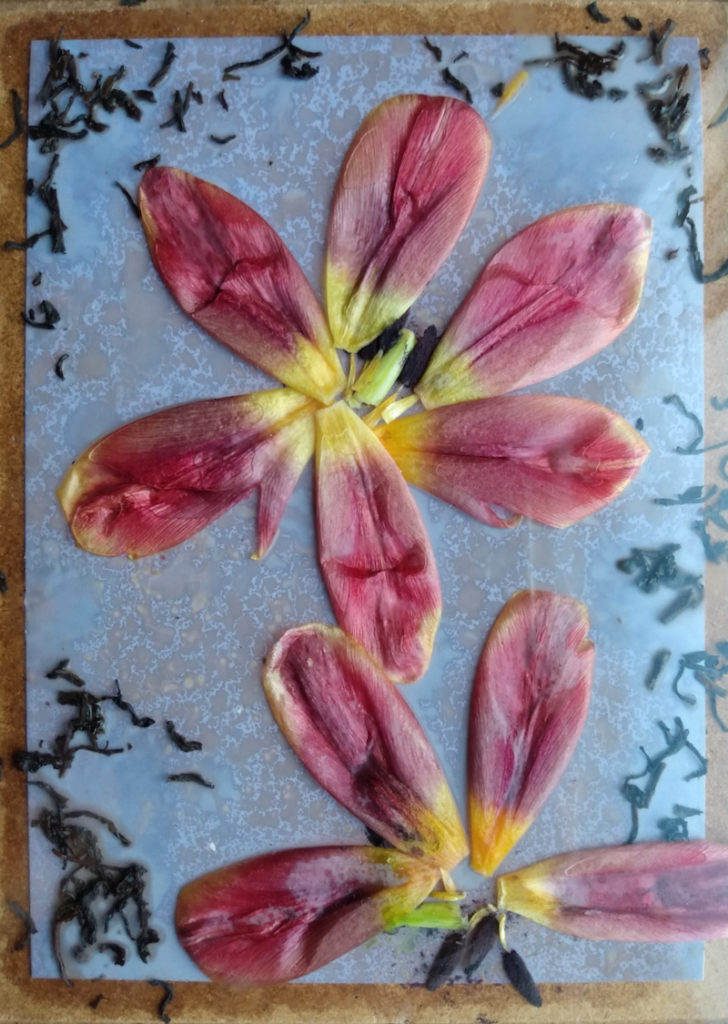
As more intense light is allowed to fall on the paper, over a prolonged exposure period, coloured areas form. This is caused by silver atoms clumping on the silver halide particles and reflecting different wavelengths. As more free silver is liberated by the light energy reaction the ‘print out’ on the paper becomes coloured. First appearing yellow, pink, then sepia, then red-brown and finally as a purple slate gray shade as the clump particle size increases.
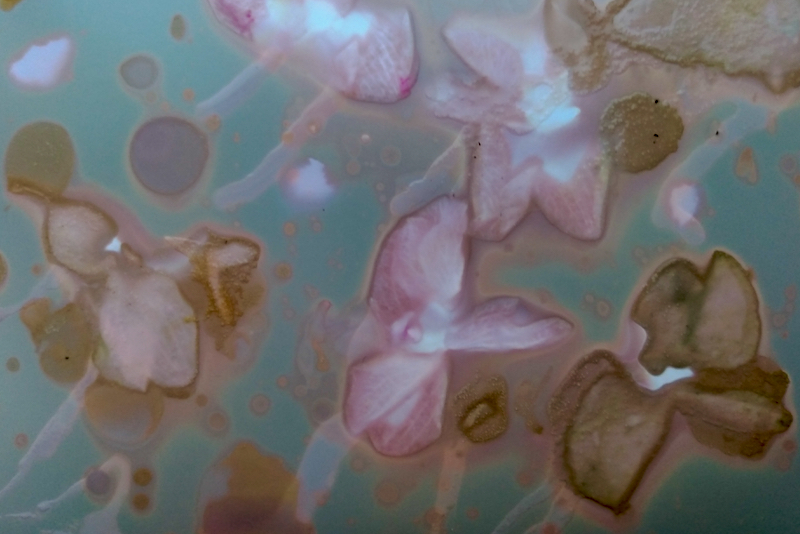
The lumen will be fugitive after exposure. Many people scan the lumen to preserve the fresh colours. The lumen can be fixed using an alkaline fixer (such as 10g sodium thiosulphate / 1g sodium carbonate/ 100ml distilled water) but this will cause some bleaching of the colours.
At a previous LoFi meet we discussed “Loomens” – that is using a very long water wash to remove as much of the reactive chemicals as possible. The only dark tank with changing water we could think of was the toilet cistern – pop the print in the back, out of the way of the flush mechanism, and leave it for a month!
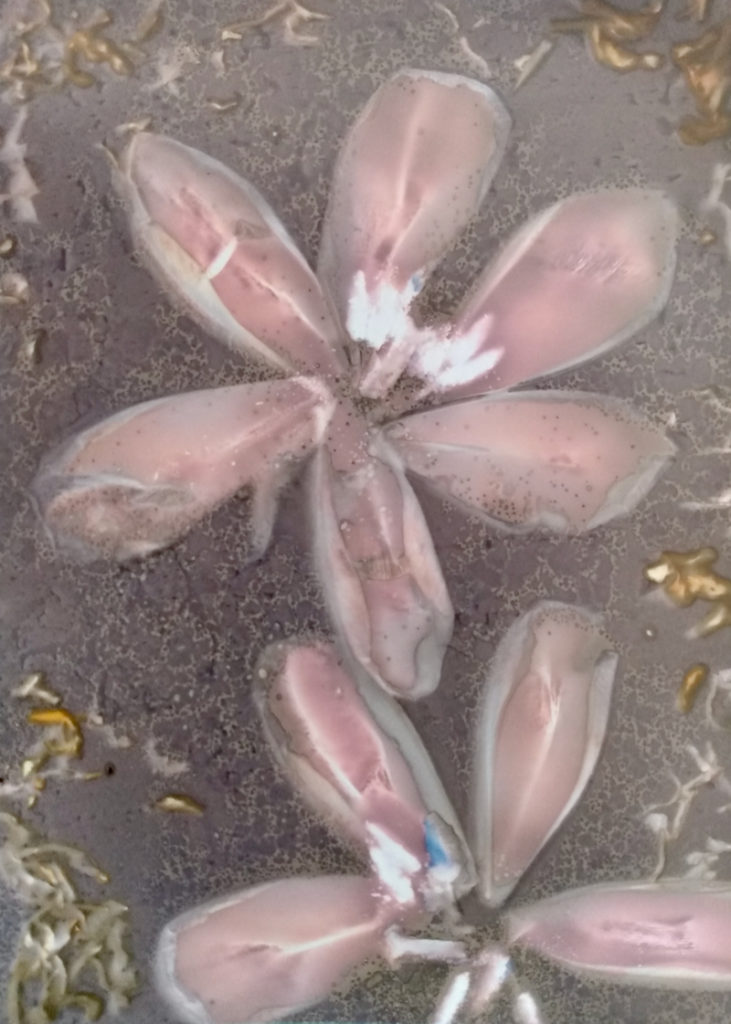
Try Anthrotypes if you enjoy the UV aspect and make your own photosensitive materials. Liquid light can allow for lumens on all sorts of surfaces. Try coating the B&W paper with cyanotype fluid first to make cyanolumens!
Email in your results or tag us on social media for repost – we would love to see the results.
Check out work by Olive Dean and Mandy Kerr – they have lots of example works available through the links in their galleries.

Award winning photographer, Olive Dean finds creative insights in her beautifully tended garden. Working with natural UV from the sun she creates lumenographs, cyanotypes, cyanolumens and chemigrams.
